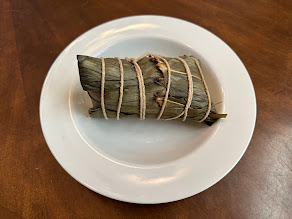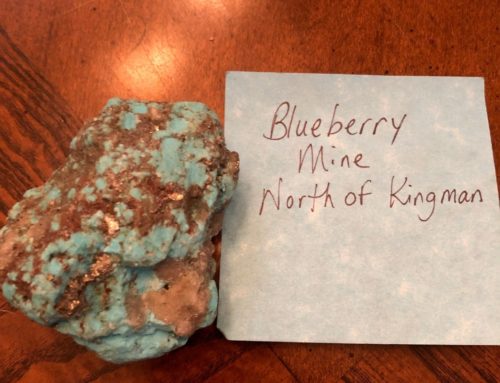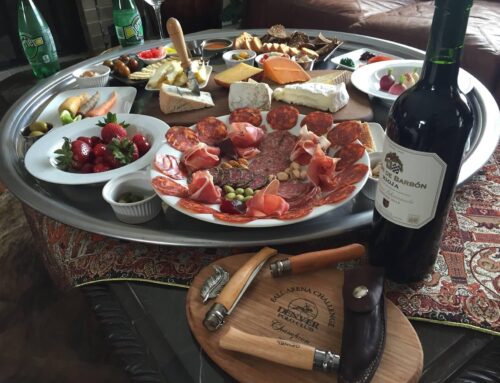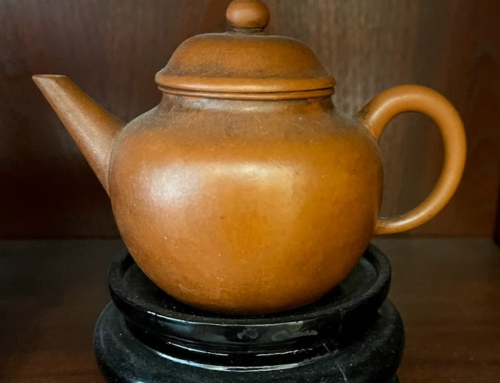Zongzi at Dragon Boat Festival: Significance and Preparation
During the Dragon Boat Festival, zongzi, or sticky rice dumplings, take center stage in Chinese households, much like turkey during Christmas.
This festival is often dubbed the Zongzi Festival or Rice Dumpling Festival due to its association with this iconic delicacy.
On the day of the Dragon Boat Festival, which falls on the 5th day of the 5th lunar month in the Chinese calendar, zongzi are ubiquitous. People exchange them as gifts and indulge in their delicious flavors.
But why do people indulge in zongzi during the Dragon Boat Festival, and how did this tradition originate?
Zongzi are parcels of sticky rice with various fillings, wrapped in bamboo or reed leaves. They come in different shapes and flavors, varying across different regions in China and beyond.
Traditionally, zongzi boast either sweet or savory profiles. However, modern variations incorporate both sweet and savory elements.
Why the Tradition of Eating Zongzi?
Qu Yuan’s Legacy
The most renowned legend associated with the consumption of zongzi during the Dragon Boat Festival revolves around Qu Yuan, a patriotic poet from the state of Chu during the Warring States Period (475–221 BC).
Qu Yuan, a loyal advisor to the Kingdom of Chu, was exiled for opposing the king’s alliance with the state of Qin. Despite his exile, he remained devoted to his country and people, composing immortal poems such as “Li Sao” (The Lament).
When Chu’s capital fell to the state of Qin, Qu Yuan drowned himself in the Miluo River on the 5th day of the 5th lunar month. Local villagers, unable to retrieve his body, threw jiaoshu (horn-shaped sticky rice dumplings) into the river to distract the fish from consuming Qu Yuan’s remains. This marked the beginning of the tradition of consuming zongzi during the Dragon Boat Festival.
However, zongzi existed long before Qu Yuan’s time. Archaeological evidence suggests that zongzi-like preparations date back thousands of years before Qu Yuan’s era. Nevertheless, Qu Yuan’s story significantly elevated the cultural significance of zongzi during the festival.
Regional Varieties of Zongzi
Zongzi flavors vary across China’s regions. Northern zongzi typically feature sweet fillings, such as jujubes or red bean paste, while southern varieties favor savory fillings like pork or seafood.
Popular regional styles include Cantonese, Beijing, Shanghai, and Taiwanese zongzi, each boasting distinct flavors and ingredients.
How to Make and Enjoy Zongzi
Crafting zongzi requires skill and patience. Here’s a basic recipe for pork zongzi:
Ingredients: Bamboo leaves, streaky pork, glutinous rice, soy sauce, salt
Marinate bbq’d pork with soy sauce and salt overnight.
Flavor glutinous rice with salt and soy sauce.
Soften bamboo leaves by boiling.
Wrap glutinous rice and pork in bamboo leaves, shaping them into pyramids.
Steam or boil zongzi for three to four hours.
Serve hot or cold, alone or with soy sauce or sugar.
Zongzi can be enjoyed freshly cooked or reheated.
No one bothers to make these anymore at home. In Denver you can get them from Hong Kong BBQ. Theirs have BBQ duck, BBQ pork, boiled peanuts, and other savory items. They also have a sweet red bean paste one.






